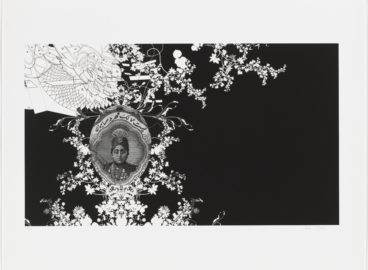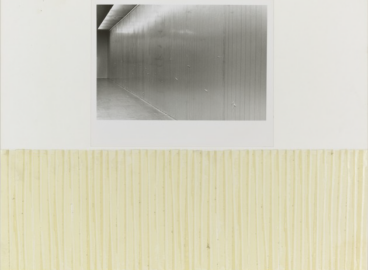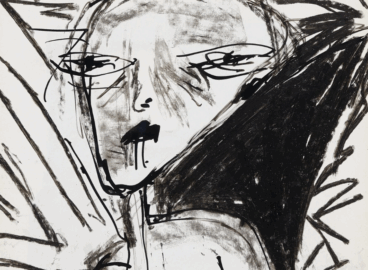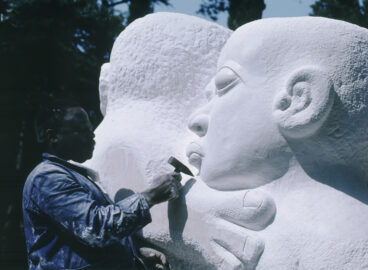In this video Ana Janevski, Associate Curator in the Department of Media and Performance Art, interviews the Croatian artist Mladen Stilinović in his apartment in Zagreb in March 2013 during the C-MAP Central and Eastern European group trip to Novi Sad, Belgrade, Ljubljana and Zagreb. Given the artist’s recent passing in July 2016, these excerpts feel especially timely for the light they shed on the beginnings of his career and some of his most well know works, including Exploitation of the Dead, which is part of the MoMA Collection.
For subtitles, click on “CC” at bottom right within the video and select “English”.





